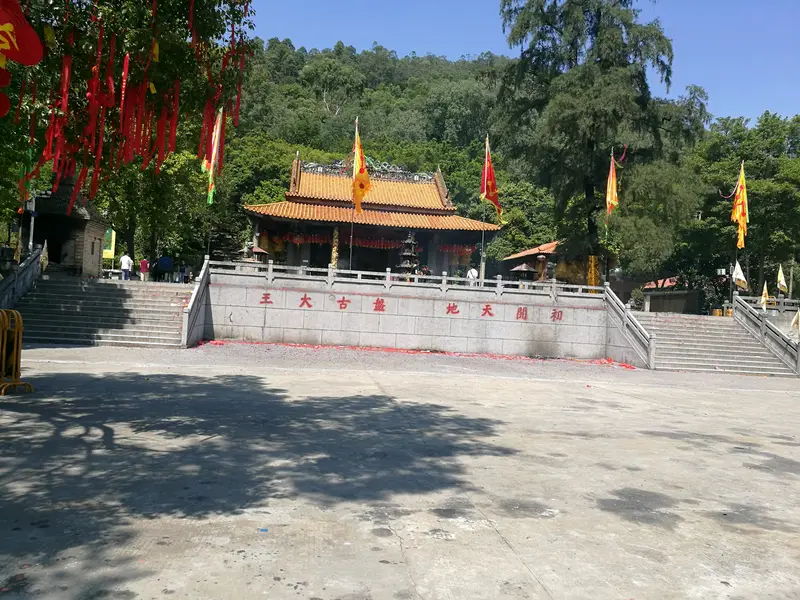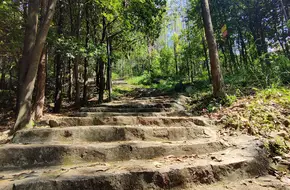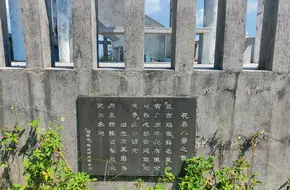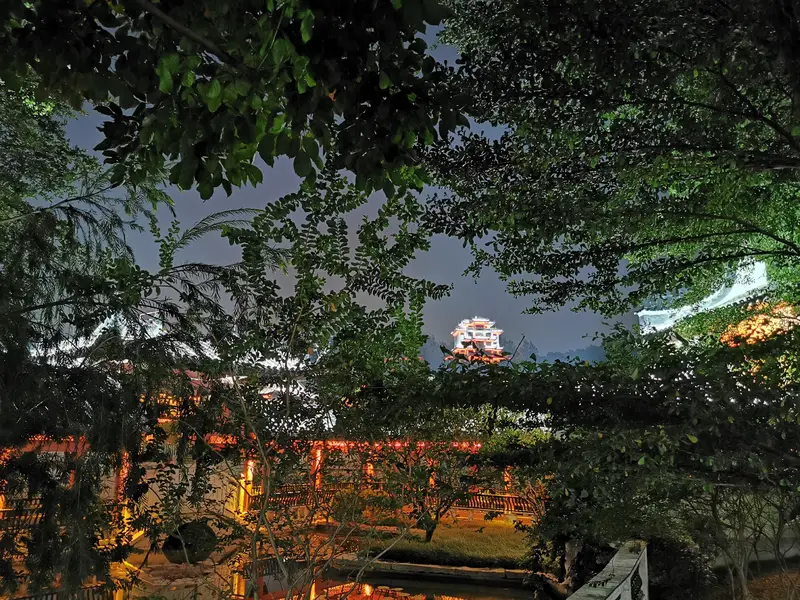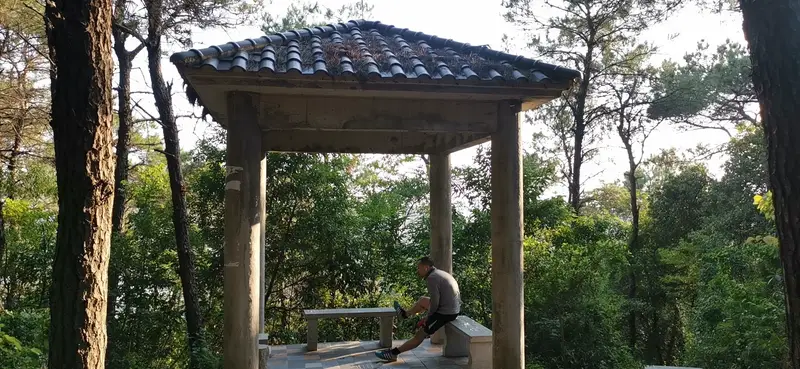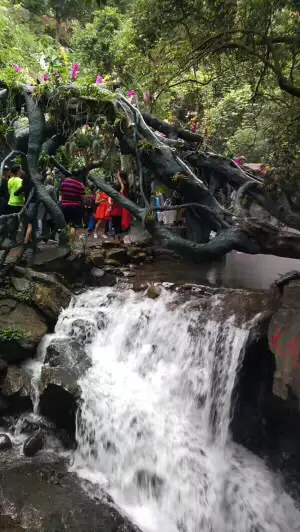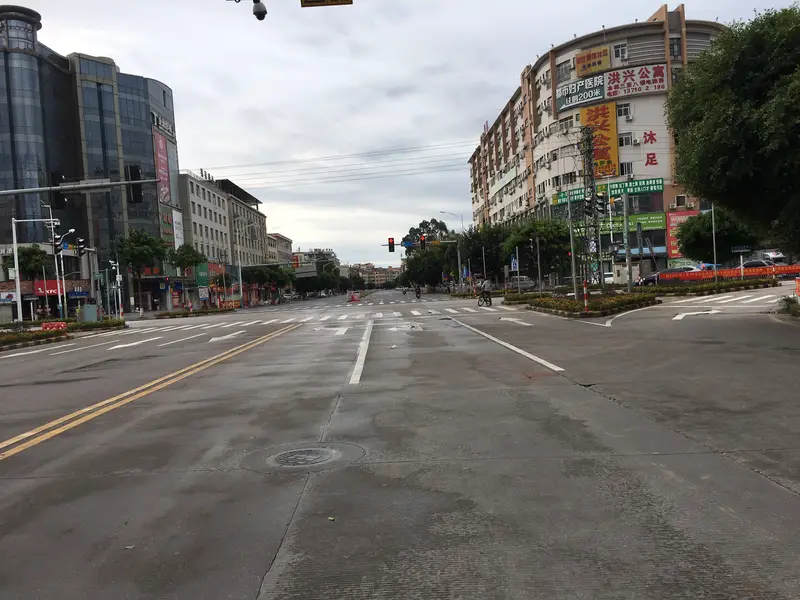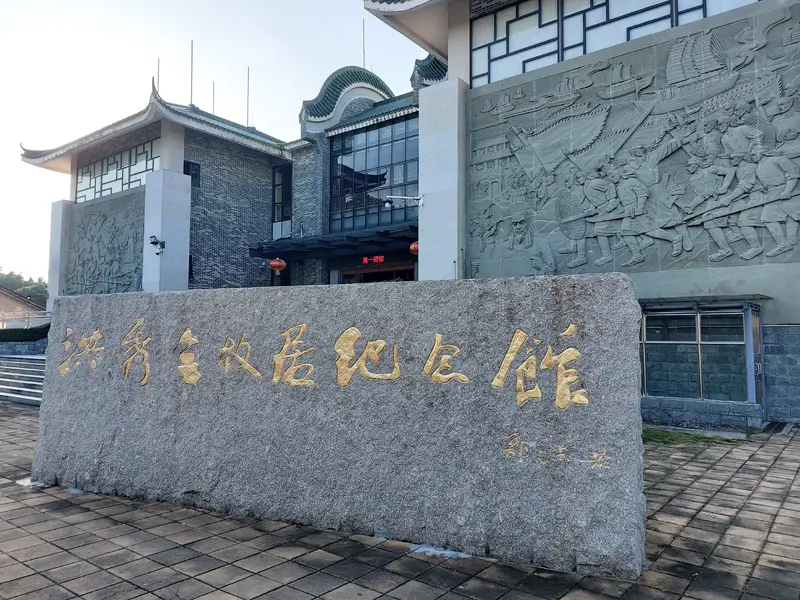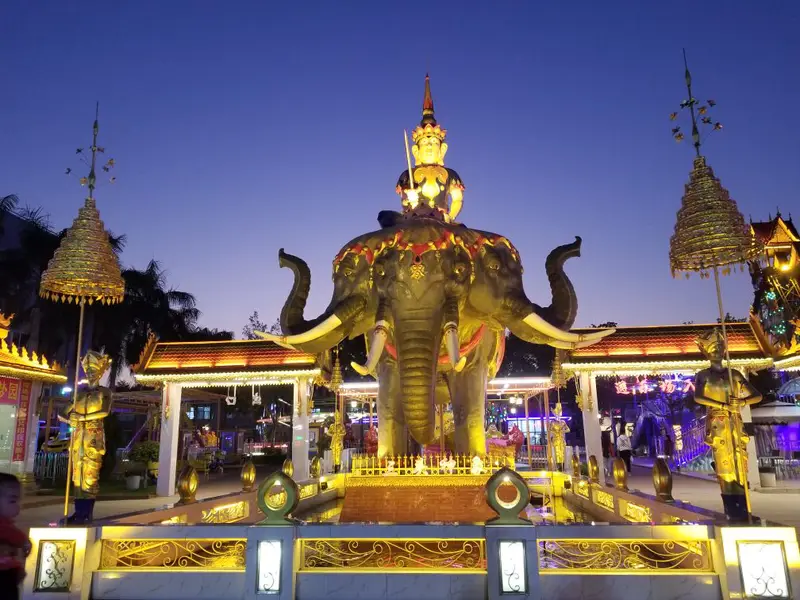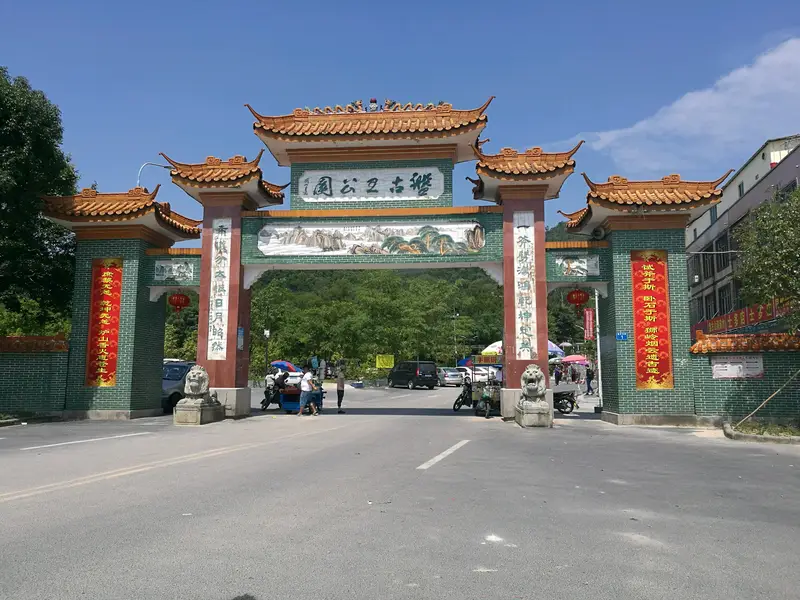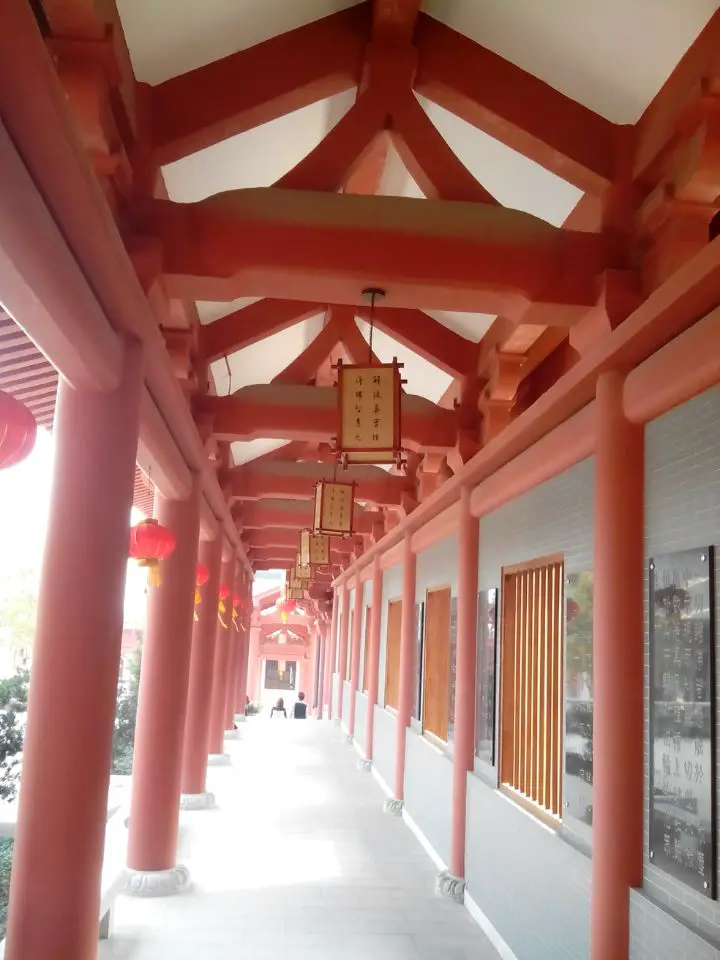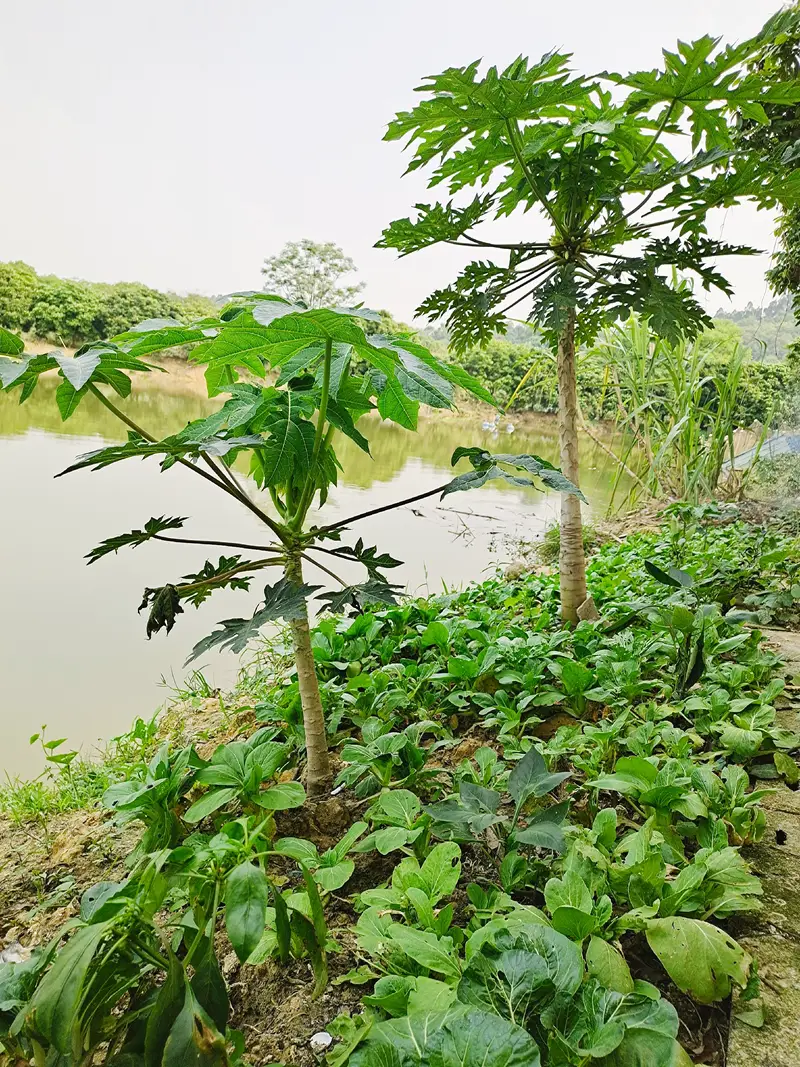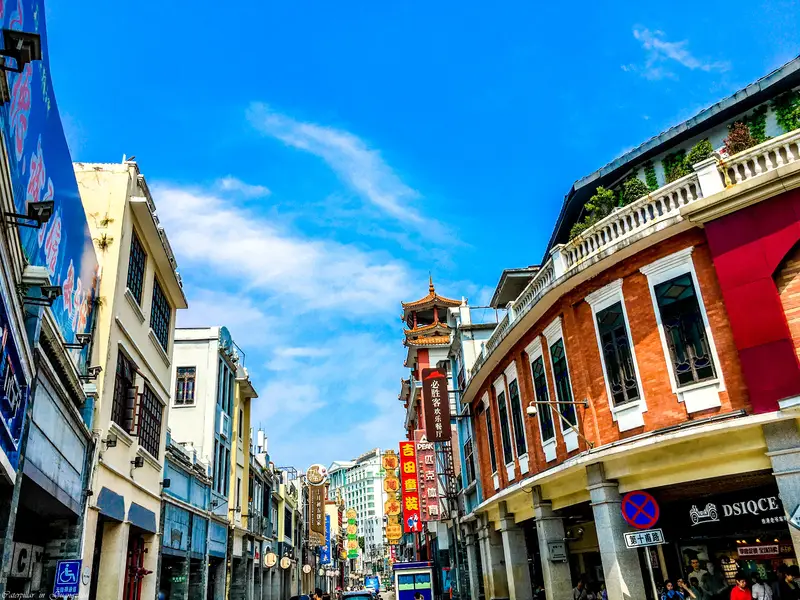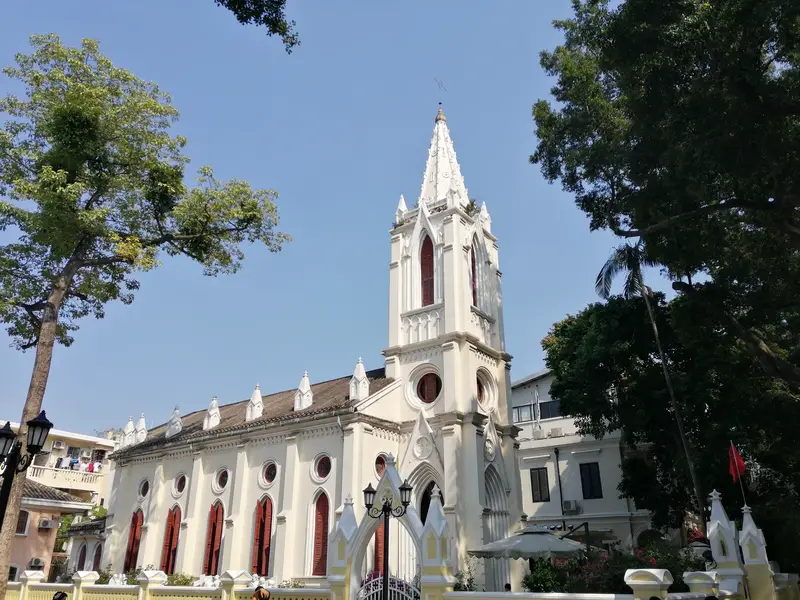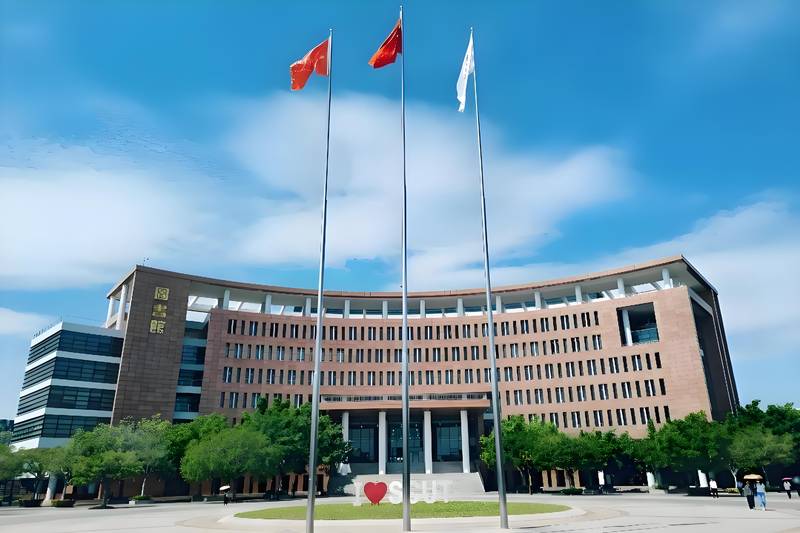Pangu King Temple, nestled in the Xinzhizhen Village of Shiling Town in Guangzhou’s Huadu District, feels like a hidden gem. To get there, you can take the metro to Huadu Square Station and hop on a local bus (lines 701 or 703) that drops you near the temple’s entrance. If you’re driving, punch “Pangu King Scenic Area” into your GPS—there’s ample parking available, which is super convenient. The temple sits amid lush hills, so expect a short uphill walk from the bus stop, but it’s totally worth it for the peaceful vibes.
Natural Scenery
The area around Pangu King Temple is pure nature therapy. Think towering trees, birdsong, and fresh mountain air. A winding path leads you through forested slopes, and there’s even a small stream nearby where locals hang out on weekends. In spring, the temple’s surroundings burst with wildflowers, while autumn brings golden leaves—perfect for Instagram shots. Don’t miss the stone steps lined with moss; they look straight out of a fairy tale!
Cultural & Historical Highlights
Pangu King Temple isn’t just any temple—it’s a window into China’s mythic past. Built in the Qing Dynasty’s Jiaqing era (around 1800s), this place has survived fires, wars, and time itself. The current version dates back to 1898, thanks to locals banding together to rebuild it. What makes it unique? The structure has 16 pillars—12 stone ones and 4 rare kunqun wood pillars—arranged in a grid of 9 squares. This layout symbolizes the “nine levels of heaven” in Chinese cosmology, tying the temple to ancient beliefs about creation. Even if you’re not into history, the carvings on the roof and doors are mind-blowing works of art.
Architectural Wonders
Let’s talk details: Pangu King Temple’s design is all about symbolism. The 16 pillars (yes, that’s mentioned twice now!) represent stability and harmony between earth and sky. The wooden beams are carved with scenes from Pangu’s legend—the giant who separated heaven and earth. On quiet days, you’ll spot sunlight filtering through intricate lattice windows, casting shadows that dance across the stone floor. It’s like stepping into a living museum where every corner tells a story.
Practical Facilities
Don’t worry—Pangu King Temple isn’t stuck in the past. There’s a visitor center with clean restrooms, bottled water for purchase, and info brochures in English. Near the entrance, local vendors sell snacks like grilled squid skewers and sugar-coated peanuts. If you work up a sweat hiking the trails, there are benches under the trees for chilling out. Pro tip: Bring cash, as some stalls don’t take cards.
Immersive Experience
Visiting Pangu King Temple feels like escaping the city without leaving Guangzhou. Start your day early to beat the tour groups. Stroll through the main hall, where incense swirls and monks chant quietly. For a deeper dive, hire a guide (¥100/hour) to explain the carvings and rituals. At sunset, the temple’s silhouette against the mountains makes for a magical photo. End your trip with a walk to the nearby Dragon Spine Ridge—a rocky trail with panoramic views. Trust me, Pangu King Temple isn’t just a sightseeing spot—it’s a mood booster.
Whether you’re into history, nature, or just finding a serene spot, Pangu King Temple has layers. It’s the kind of place where you can lose an hour (or a whole day) exploring nooks, snapping photos, and soaking in that “I’m not in a city anymore” feeling. Just remember to bring comfy shoes—those stone steps aren’t easy on high heels!


